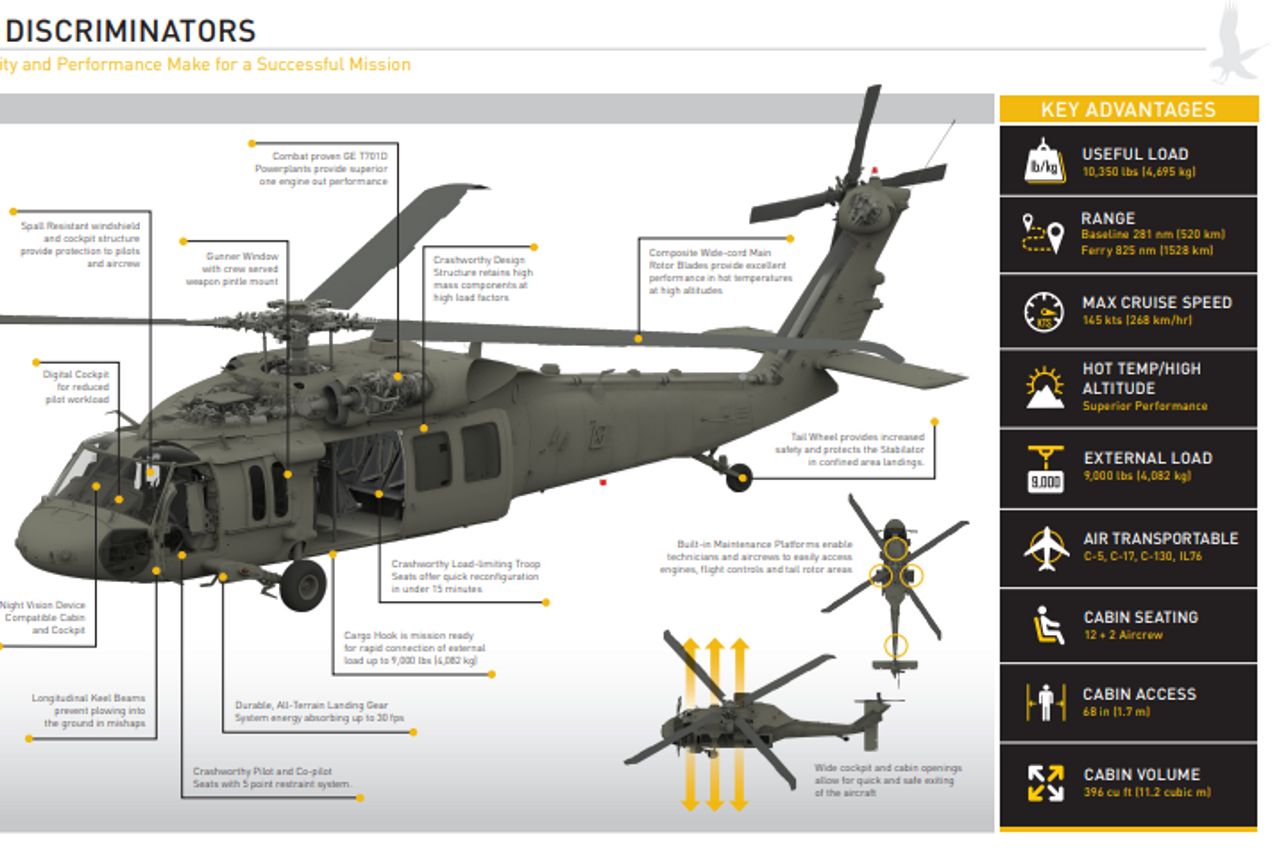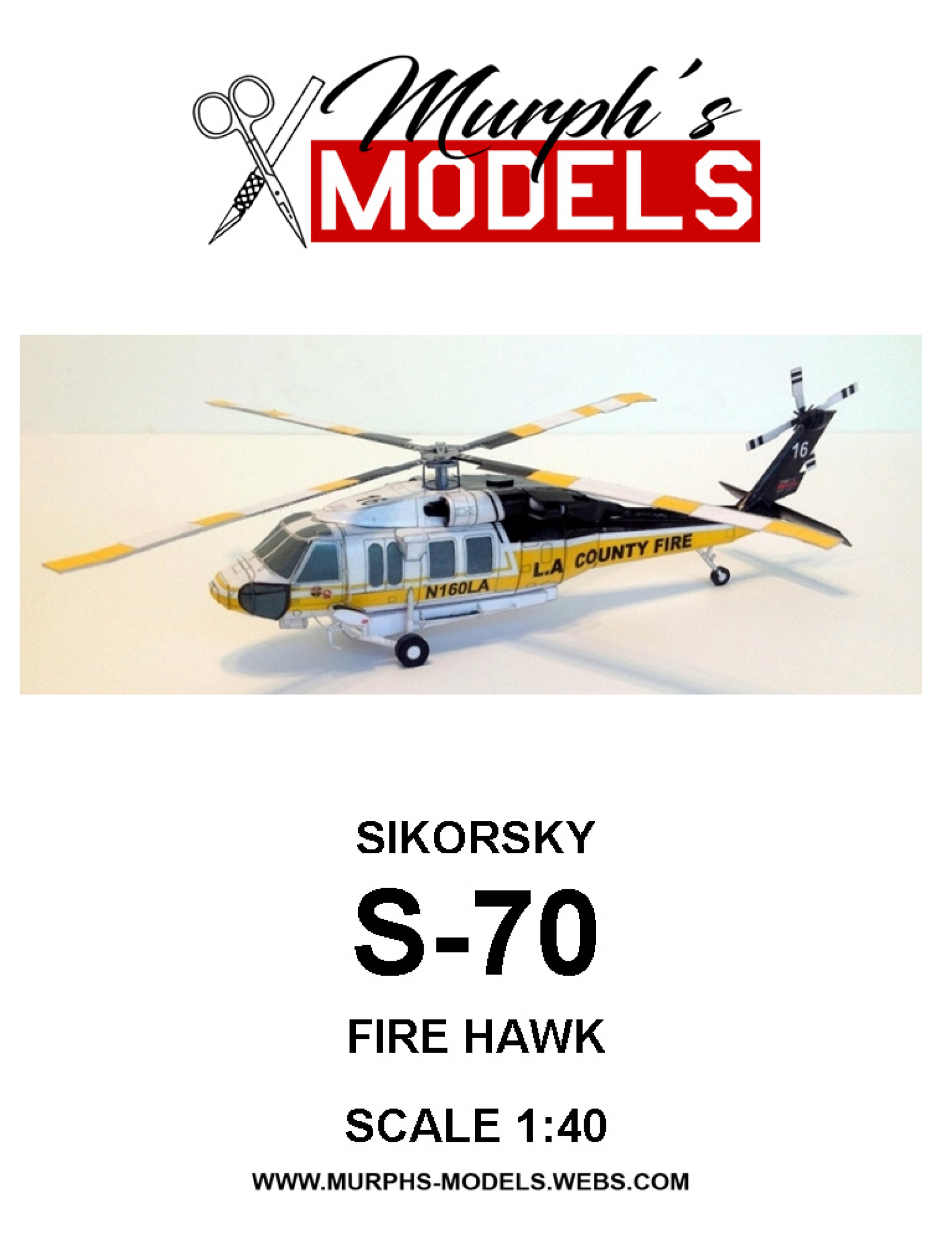Exploring the Capacities of the Sikorsky S 70: A Comprehensive Evaluation
Exploring the Capacities of the Sikorsky S 70: A Comprehensive Evaluation
Blog Article
High-Performance Multi-Role Rotorcraft Featuring Advanced Cabin Technologies and Integrated Sensing Unit Solutions
The world of rotorcraft technology has actually seen noteworthy advancements in current times, specifically in the realm of high-performance multi-role rotorcraft equipped with innovative cockpit modern technologies and seamlessly incorporated sensor systems. In the complying with discussion, we will explore the development of rotorcraft modern technology, dig right into the world of advanced cabin innovations, and analyze the implications of incorporated sensor systems on the operational adaptability and efficiency of contemporary rotorcraft.
Advancement of Rotorcraft Modern Technology
The evolution of rotorcraft innovation has been marked by considerable innovations in the rules of aerodynamics, products, and propulsion systems, shaping the abilities and performance of modern-day rotorcraft. In addition, developments in propulsion systems, including much more powerful engines and cutting-edge propulsion innovations, have enabled rotorcraft to attain higher altitudes, faster speeds, and greater payloads.
These advancements have not only transformed the abilities of rotorcraft however have also expanded their applications across numerous markets, including military, business, and emergency situation solutions. The continuous evolution of rotorcraft technology remains to drive technology in the area, pressing the limits of what is feasible and shaping the future of upright flight.
Advanced Cabin Innovations
Building upon the fundamental innovations in the rules of aerodynamics, materials, and propulsion systems, the world of rotorcraft technology now changes focus in the direction of pioneering Advanced Cabin Innovations. The integration of cutting-edge innovations within the cockpit atmosphere plays a vital role in boosting the operational capacities, security, and performance of contemporary rotorcraft. sikorsky s 70. Advanced Cabin Innovations encompass a wide range of attributes developed to give pilots with improved situational recognition, streamlined information management, and user-friendly control user interfaces
One of the crucial advancements in cabin design is the execution of glass cockpits, which replace traditional analog determines with high-resolution screens. These electronic systems use customizable formats, real-time data integration, and improved readability, making it possible for pilots to accessibility important info at a glimpse. Progressed avionics systems, such as fly-by-wire controls and boosted fact displays, are transforming exactly how pilots engage with the airplane, enabling for exact control and boosted decision-making capacities.


Including sophisticated cockpit innovations not just improves pilot performance yet additionally adds to overall mission performance and safety and security in complicated operational settings. By leveraging modern technologies within the cabin, rotorcraft manufacturers are setting new standards for operational quality and mission success.
Integrated Sensor Equipments
With the development of rotorcraft technology, the integration of sophisticated Integrated Sensor Equipment has become extremely important in improving operational effectiveness and safety. These Integrated Sensing unit Solutions incorporate a vast selection of innovations that provide critical data for numerous functions such as navigating, surveillance, targeting, and environmental surveillance. By effortlessly incorporating sensors like radars, cameras, lidar, and infrared systems into rotorcraft, drivers can benefit from enhanced situational recognition, enhanced objective capacities, and decreased pilot work.
One trick advantage of Integrated Sensor Solutions is their capacity to gather real-time information helpful hints and provide actionable insights to pilots and goal drivers. For instance, advanced radar systems can find and track targets over fars away, enabling early danger discovery and reliable response planning. In addition, integrating electro-optical and infrared cameras enables rotorcraft to carry out reconnaissance and security goals with precision and accuracy.
Basically, the combination of cutting-edge sensing unit technologies right into rotorcraft not just improves operational efficiency however likewise adds considerably to overall objective success and crew safety and security. As rotorcraft proceed to progress, the duty of Integrated Sensing unit Solution will undoubtedly remain at the center of innovation in the aerospace industry.
Functional Adaptability and Effectiveness
Enhancing operational flexibility and effectiveness in rotorcraft this content is a natural development from the assimilation of sophisticated Integrated Sensor Systems. By leveraging the data and insights offered by these advanced sensor systems, rotorcraft can maximize their efficiency across various missions and settings.
Functional adaptability includes the capability of rotorcraft to adapt to different roles and circumstances effectively. With innovative cockpit technologies and incorporated sensing unit systems, rotorcraft can seamlessly change between tasks such as search and rescue, clinical evacuation, security, and much more. This versatility boosts the rotorcraft's ability to meet varied operational demands without requiring considerable reconfiguration.
Effectiveness in rotorcraft operations is crucial for making best use of objective effectiveness and resource use. Integrated sensor systems play a critical duty in enhancing functional efficiency by offering real-time information on weather, surface mapping, target tracking, and much more. This information enables pilots to make educated choices promptly, enhance trip paths, save gas, and boost overall objective performance.
Effect On Modern Aviation Workflow

Moreover, the integration of advanced sensors promotes enhanced goal planning and implementation, enabling rotorcraft to carry out a wide variety of jobs with enhanced accuracy. From search and rescue operations to airborne why not look here firefighting and police goals, the capabilities of contemporary rotorcraft equipped with sophisticated cabin modern technologies and incorporated sensor systems are unparalleled.
Additionally, the impact of these advancements expands beyond operational performance to cost-effectiveness and sustainability. By maximizing flight courses, fuel usage, and upkeep schedules, high-performance rotorcraft outfitted with advanced cabin modern technologies and sensors add to decreasing functional prices and environmental influence, making them crucial possessions in contemporary aeronautics operations.
Final Thought
To conclude, the high-performance multi-role rotorcraft with sophisticated cockpit modern technologies and incorporated sensor systems stands for a substantial evolution in aviation innovation. These innovations enhance operational adaptability and performance, ultimately affecting modern-day aeronautics procedures in a favorable way. The combination of these sophisticated innovations permits for boosted capabilities and performance in various mission scenarios, showcasing the continued innovation of rotorcraft modern technology in the aeronautics sector.
The world of rotorcraft technology has seen noteworthy developments in current times, specifically in the world of high-performance multi-role rotorcraft outfitted with innovative cabin innovations and perfectly integrated sensing unit systems. From boosted objective flexibility to enhanced operational efficiency, the merging of innovative cockpit innovations and integrated sensor systems has actually ushered in a brand-new era of opportunities for rotorcraft applications. In the adhering to discussion, we will discover the advancement of rotorcraft innovation, dig into the world of sophisticated cockpit innovations, and check out the effects of integrated sensor systems on the functional flexibility and efficiency of modern-day rotorcraft.

Report this page